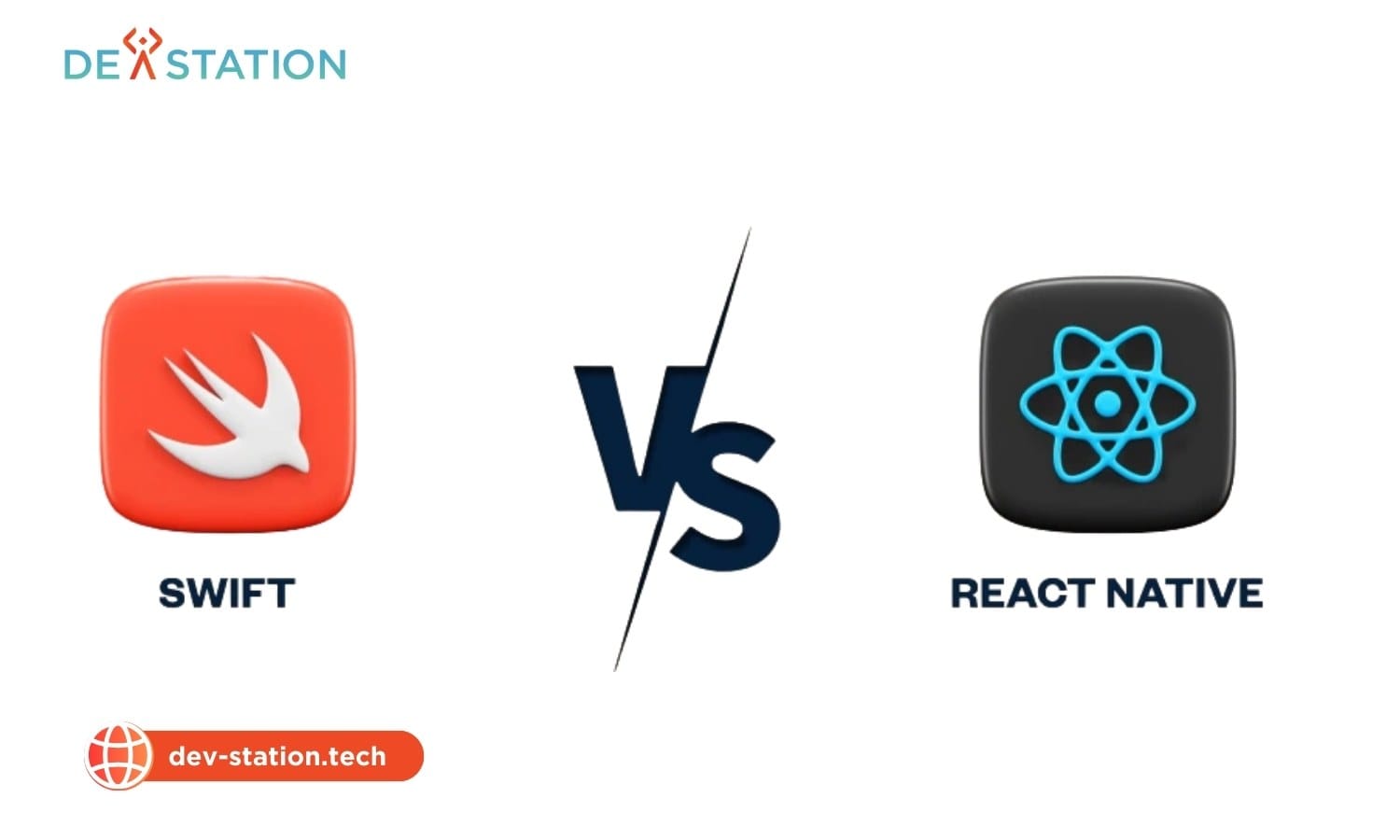Traditional development approaches struggle to keep pace with modern hardware-integrated projects. Many teams assume structured, linear workflows are the only way to build reliable embedded software. Yet data reveals a shift: 71% of U.S. companies now prioritize flexible methodologies, achieving 64% higher success rates than outdated models.
Hardware-dependent environments demand adaptability. Unlike pure software projects, embedded systems require tight coordination between code and physical components. Teams often face misconceptions that iterative processes can’t align with hardware timelines. However, organizations using collaborative frameworks report 60% faster revenue growth.
This guide explores practical strategies to merge technical rigor with iterative improvements. Learn how to:
- Balance hardware constraints with rapid delivery cycles
- Foster cross-functional collaboration without sacrificing quality
- Implement feedback loops that account for system integration challenges
Zippia’s research confirms that working software delivery drives project outcomes more effectively than documentation-heavy processes. By focusing on incremental value and team alignment, developers can overcome the unique hurdles of hardware-linked environments.
Contents
ToggleUnderstanding Agile for Embedded Systems
The intersection of iterative processes and physical components reshapes how teams approach technical projects. While the Agile Manifesto prioritizes adaptability, hardware-linked environments demand structured flexibility. Teams must reinterpret core principles to address firmware validation cycles and component procurement timelines.
Adapting Core Values to Technical Constraints
Emphasizing individuals and interactions remains vital, but hardware dependencies require robust toolchains. For example, firmware updates might need coordinated testing across multiple device versions. This balance ensures software development velocity without compromising system reliability.
Consider how documentation needs differ: medical devices require FDA-compliant records, while consumer electronics prioritize rapid iteration. As one engineer notes:
“Working software in our field means code that survives real-world sensor failures, not just IDE compilations.”
Manifesto Principles in Component-Driven Development
Customer collaboration becomes critical when hardware specs influence feature scope. A thermostat manufacturer might need to adjust software features based on processor availability. Teams using agile methodologies report 38% fewer integration issues when involving hardware engineers early.
Key implementation strategies include:
- Parallel validation cycles for code and components
- Biweekly cross-functional alignment meetings
- Modular architectures enabling partial system testing
These approaches help maintain momentum despite hardware lead times, proving that collaboration and technical rigor aren’t mutually exclusive.
Key Principles and Benefits

Effective teamwork in technical environments hinges on breaking down silos between hardware and software specialists. When teams align their processes, they reduce costly delays caused by outdated specifications. Research shows organizations using daily collaboration practices resolve integration issues 40% faster than those relying on fragmented workflows.
Improving Collaboration and Responding to Change
Daily stand-ups between engineers and product designers prevent the “over the fence” problem. One automotive developer shared:
“We caught a sensor compatibility issue during a 15-minute sync meeting – saving six weeks of rework.”
Cross-functional teams adapt to shifting customer requirements by:
- Reviewing prototype feedback every two weeks
- Mapping hardware limitations to software features early
- Using shared dashboards for real-time project visibility
Real-World Success Rates and Revenue Impacts
Companies adopting iterative development processes achieve measurable financial results. Data reveals a direct correlation between team synchronization and profitability:
| Metric | Waterfall Approach | Iterative Approach |
|---|---|---|
| Project Success Rate | 49% | 64% |
| Revenue Growth | 22% Average | 60% Average |
| Integration Issues | 38% Projects | 12% Projects |
This structured yet flexible framework helps teams deliver working software that aligns with evolving market needs. Regular stakeholder reviews ensure technical decisions remain tied to business outcomes throughout the development process.
Overcoming Challenges in Embedded Software Development
Technical teams often stumble when bridging code and circuitry. A 2023 industry survey found 68% of developers waste 15+ hours weekly resolving hardware-software mismatches. The root cause? Overemphasis on granular details during planning phases.
Managing Hardware-Software Interdependencies
Complex device ecosystems demand smarter validation strategies. Teams using simulation tools reduce integration errors by 47% compared to physical-only testing. One automotive engineer explains:
“We built virtual sensor models before receiving prototype boards. This let us debug communication protocols six weeks earlier.”
| Challenge | Traditional Approach | Optimized Strategy |
|---|---|---|
| Hardware-Software Testing | Sequential validation after component availability | Parallel simulation environments |
| Requirements Management | Fixed specifications | Modular architecture with interface contracts |
| Detail Prioritization | Immediate hardware register configuration | User story mapping before GPIO settings |
Addressing Low-Level Detail Pitfalls
Developers frequently confuse technical depth with user value. A medical device team reduced planning time 40% by separating feature goals from implementation specifics. Key tactics include:
- Defining “done” criteria focused on system behaviors
- Creating hardware abstraction layers for early testing
- Scheduling dedicated detail refinement sessions
This approach maintains momentum while respecting technical constraints. Teams that adopt layered planning frameworks resolve component-related problems 31% faster than those using flat workflows.
Implementing SCRUM in Embedded Development

Technical teams building integrated solutions often struggle with rigid workflows. SCRUM provides a proven framework to manage hardware dependencies while maintaining momentum. Over 60% of teams using iterative methods adopt this methodology for its structured yet adaptable approach.
Transitioning from Traditional Linear Processes
Waterfall approaches crumble when hardware reveals unexpected limitations mid-project. SCRUM’s sprint cycles let teams adjust based on component availability. One industrial automation developer reported:
“We reduced integration delays by 33% after switching to two-week sprints with clear hardware-readiness checkpoints.”
Key advantages include:
- Stable requirements during each development cycle
- Controlled scope changes through backlog prioritization
- Early identification of hardware-software mismatches
Enhancing Daily Collaboration and Team Communication
Daily standups surface integration issues before they escalate. Cross-functional teams using SCRUM ceremonies achieve 28% faster defect resolution. Essential practices:
- Dedicated time for hardware-software interface reviews
- Visual task boards tracking component dependencies
- Retrospectives focused on technical debt reduction
The SCRUM Master role becomes vital in protecting teams from disruptions while coordinating with hardware vendors. This structured process ensures alignment across disciplines without sacrificing adaptability.
Integrating Agile with Hardware Development
Bridging the gap between physical components and dynamic workflows requires rethinking traditional practices. Complex hardware development cycles often clash with rapid iteration needs, demanding synchronized approaches across disciplines.
Iterative Design and Testing Methodologies
Linear design processes create bottlenecks when software features outpace component availability. Forward-thinking teams now use modular prototypes to validate concepts early. A robotics engineer explains:
“We test motor controllers with 3D-printed parts before finalizing PCB designs. This cuts validation time by half.”
Key strategies include:
- Parallel simulation environments for hardware-software validation
- Biweekly cross-functional reviews to align specs
- Automated testing frameworks that interface with physical sensors
Adapting Collaboration Tools for Hardware and Software
Unified platforms prevent version chaos in multi-disciplinary projects. Teams managing complex systems report 42% fewer integration errors when using shared dashboards tracking both CAD files and code commits.
Effective toolchains must:
- Sync ECAD/MCAD data with software repositories
- Automate bill-of-materials updates during development
- Enable real-time issue tracking across mechanical and coding teams
This approach ensures continuous integration pipelines account for manufacturing timelines while maintaining technical rigor.
Balancing Agile with Software Architecture and Tools
Building reliable solutions in component-driven environments requires equal attention to technical infrastructure and team workflows. Teams often underestimate how architectural decisions impact iterative delivery speed. A 2023 Embedded Industry Report found projects with layered designs resolve integration issues 53% faster than monolithic approaches.
Establishing Scalable Architectures
Modular designs enable parallel development while maintaining system integrity. Component-based structures allow teams to test individual modules against simulated hardware before full integration. As one aerospace developer notes:
“Our communication protocol stack became 40% more reliable after adopting interface contracts between software layers.”
Effective DevOps practices demand specialized toolchains:
- Version control systems managing both code and hardware design files
- Build servers handling cross-compilation for multiple processor architectures
- Automated test frameworks executing hardware-in-the-loop validations
Continuous integration pipelines must adapt to physical constraints. Multi-stage validation processes catch errors early:
- Unit tests against hardware abstraction layers
- Integration tests with emulated sensors
- Full system validation on target devices
Teams using sandbox environments report 62% fewer “works on my machine” issues. These reproducible setups combine toolchains, simulators, and configuration management – critical for maintaining velocity in complex projects.
Practical Steps for Implementing agile for embedded systems
Adopting iterative workflows in hardware-linked environments requires deliberate planning and adaptive execution. Teams must balance technical rigor with workflow flexibility to address component dependencies and evolving software requirements. These five strategies help bridge hardware development cycles with responsive development embedded practices.
Step-by-Step Process Adoption
Start with pilot projects that combine firmware updates and physical testing. Align sprint timelines with hardware procurement schedules to avoid bottlenecks. One automotive team reduced integration delays by 43% after implementing biweekly alignment meetings between circuit designers and coders.
Essential first steps include:
- Mapping hardware dependencies to software architecture early
- Creating modular test environments for partial system validation
- Training cross-functional teams on shared toolchains
Customizing Methodologies to Fit Your Team
Not all agile practices translate directly to embedded systems. Assess your team’s structure: medical device developers might need stricter documentation protocols than IoT startups. A smart thermostat company achieved 29% faster releases by blending iterative sprints with milestone-based hardware reviews.
Key customization principles:
- Scale sprint lengths to match component lead times
- Use simulation tools to decouple software progress from physical prototypes
- Prioritize automated regression testing for development embedded environments
Teams that use agile frameworks strategically report 58% higher stakeholder satisfaction. Continuous improvement remains critical – regularly refine your methodology based on system complexity and team feedback cycles.





